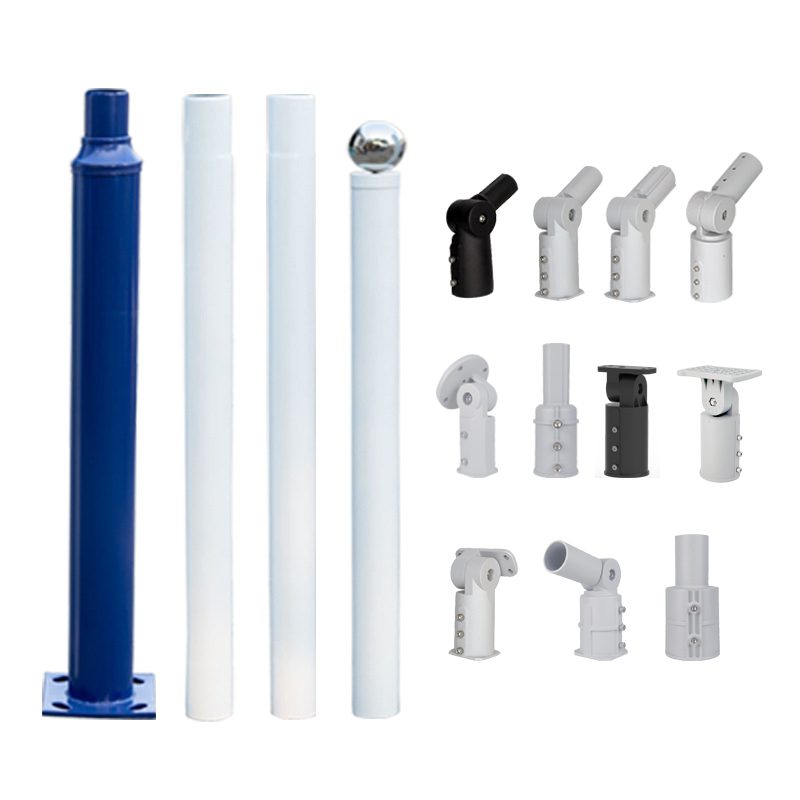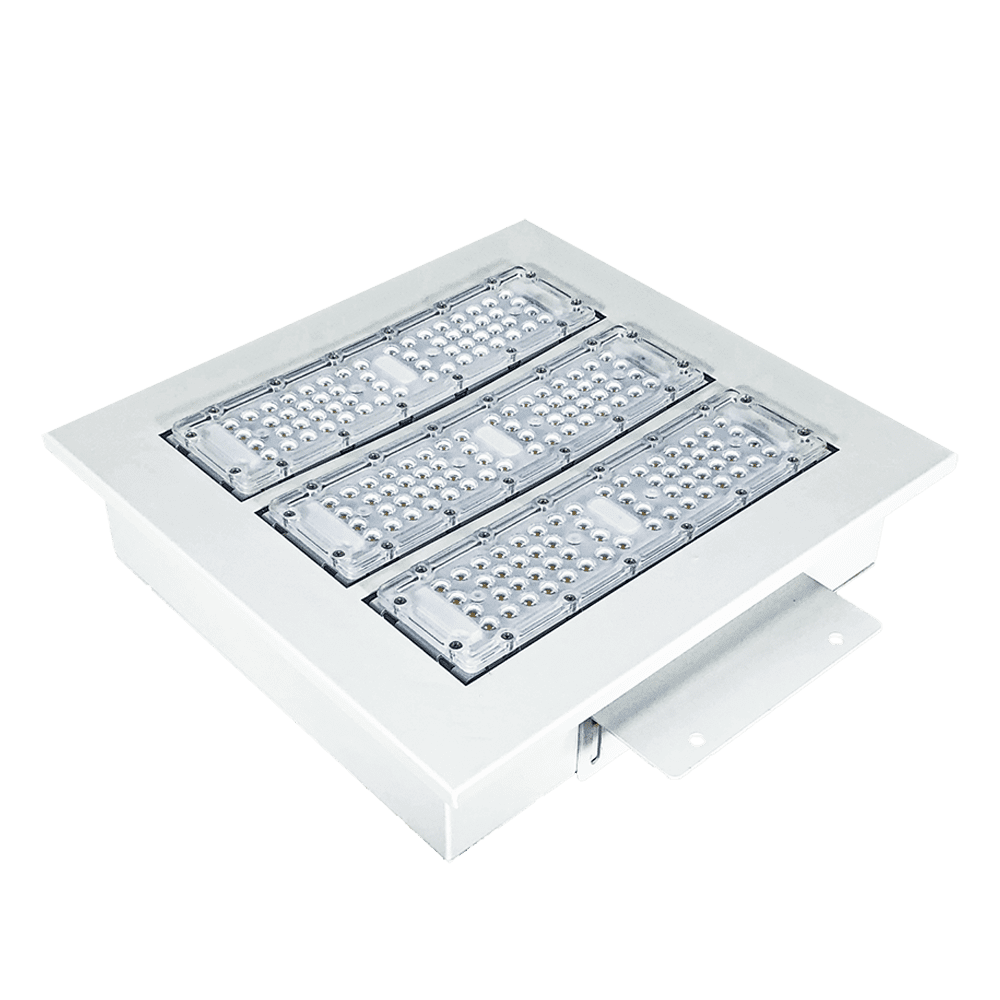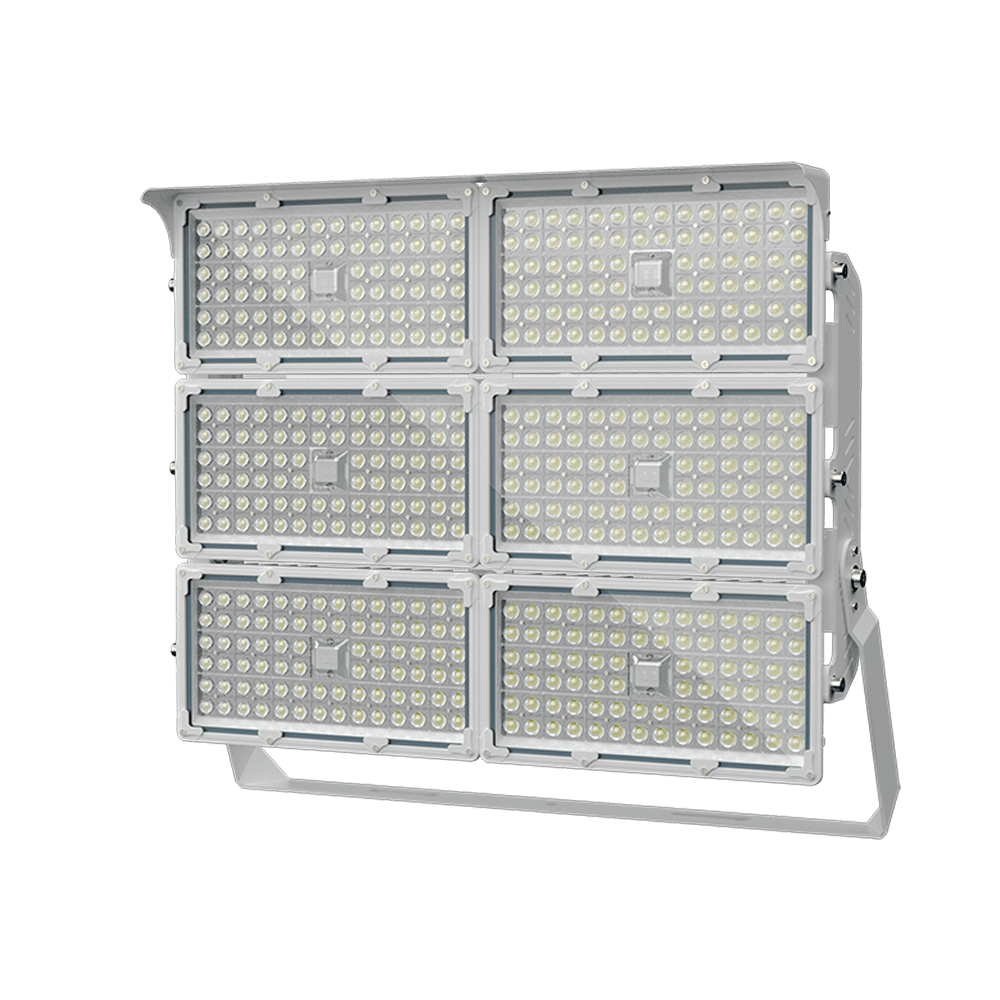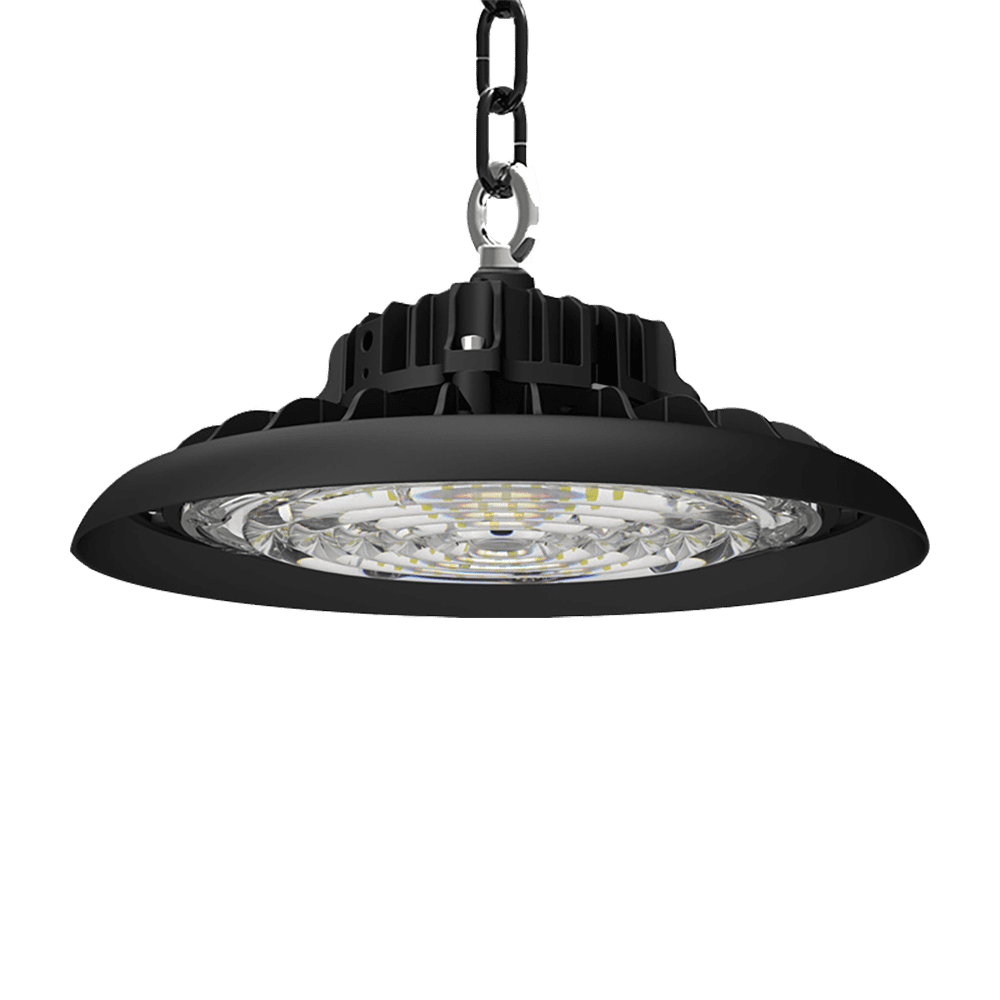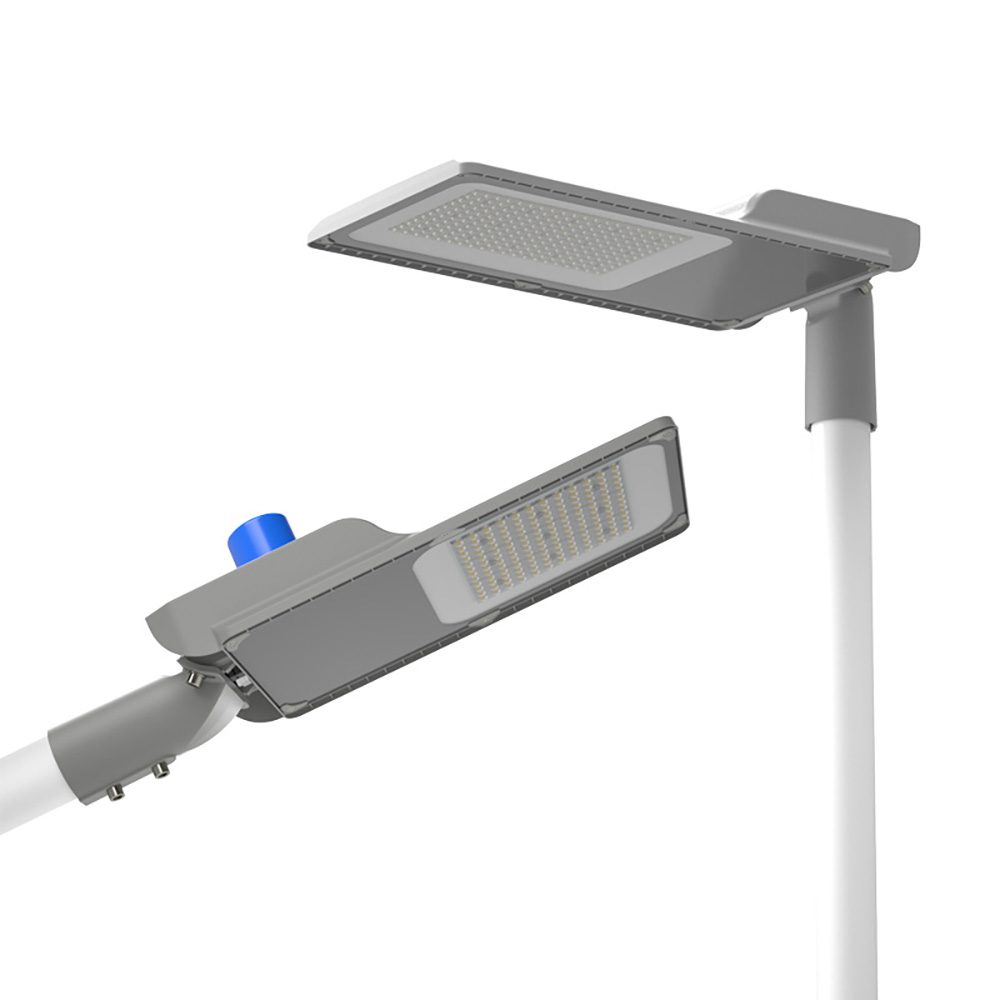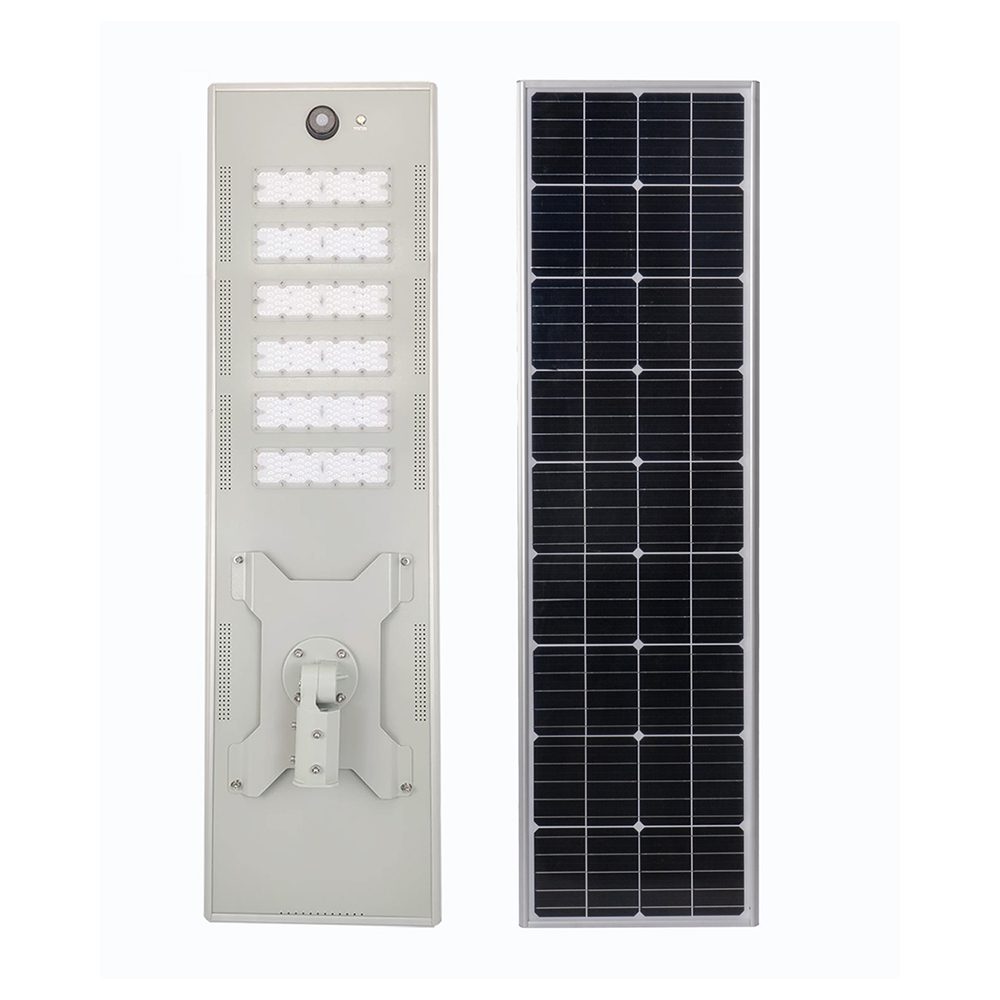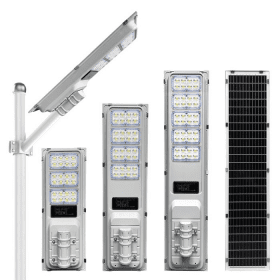With the growing awareness of environmental issues and the rapid development of renewable energy technologies, solar lights have emerged as a popular lighting solution. All-in-one solar lights not only provide efficient illumination but also embody the principles of environmental sustainability, making them an essential part of modern urban lighting and landscape design. This article will explore the working principles, advantages, and application scenarios of all-in-one solar lights.

Basic Structure of All-in-One Solar Lights
All-in-one solar lights primarily consist of a solar panel, LED lighting, a battery, and a controller. The solar panel is usually mounted on the top of the light, converting sunlight into electrical energy. The LED fixture provides lighting and is known for its energy efficiency and long lifespan. The battery stores the energy generated by the solar panel, ensuring that the light can operate during cloudy days or at night. The controller manages the entire system’s power flow, facilitating smart control.
Working Principle
The operation of all-in-one solar lights is relatively straightforward. During the day, the solar panel absorbs sunlight and converts it into electrical energy, which is then stored in the battery through the controller. When night falls, the battery supplies power, turning on the LED light. Many modern all-in-one solar lights are equipped with light sensors that automatically adjust brightness based on surrounding light conditions.
Moreover, high-efficiency solar panels can quickly charge under strong sunlight, while quality batteries ensure sufficient power supply at night. This integrated design simplifies installation and maintenance, eliminating the need for complex wiring or grid connections.
Advantages
All-in-one solar lights have several notable advantages. Firstly, they utilize clean solar energy, reducing reliance on traditional energy sources and playing a significant role in lowering carbon emissions. Additionally, their independent design means that installation does not require connection to an electrical network, greatly reducing infrastructure costs. Importantly, the longevity of all-in-one solar lights is typically high; LED fixtures can last over 50,000 hours, and maintenance costs are minimal.
Furthermore, the flexibility and adaptability of solar lights make them an ideal lighting solution in various environments. Whether in urban parks, streets, scenic areas, or remote regions, all-in-one solar lights can effectively fulfill their roles.
Application Scenarios
The application scenarios for all-in-one solar lights are quite broad. In urban settings, they can be used for street lighting, bus stops, and parking lots, enhancing the sense of safety for residents. In residential areas and gardens, these lights provide convenient illumination for nighttime activities.
In rural regions, where electricity supply can be inadequate, solar lights offer a reliable lighting solution, significantly improving the quality of life for local residents. Additionally, as environmental consciousness grows, more businesses and institutions are adopting all-in-one solar lights in their landscapes, emphasizing their commitment to sustainability.

All-in-one solar lights, with their innovative design and efficient operating principles, are becoming increasingly popular in the lighting market. They not only meet the lighting needs of people but also contribute to sustainable development. As technology continues to advance, future all-in-one solar lights will become even smarter, adapting to more application scenarios and providing greater convenience for users. Choosing all-in-one solar lights is not only a responsible decision for the environment but also a commitment to future sustainability.

